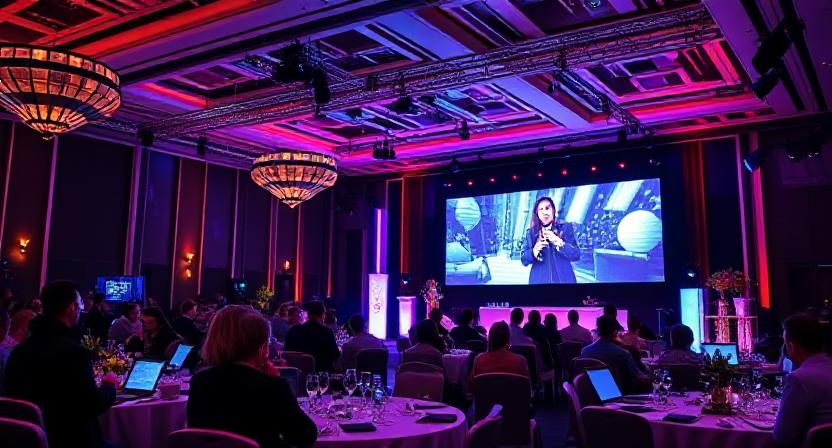In the digital age, technology and virtual platforms have become essential tools for planning and executing successful events. From expanding your audience to enhancing attendee experience, integrating technological elements can make a significant difference in any type of event. Here’s a practical guide to effectively incorporating technology and virtual components into your upcoming celebrations.
1. Define Your Tech Goals
Before selecting tools, it’s important to clarify what you want to achieve with technology:
- Do you want to reach a broader audience who can’t attend in person?
- Are you aiming to facilitate real-time interaction and engagement?
- Do you need to broadcast live to increase reach?
- Would you like to gather feedback or data during the event?
Having clear goals will help you choose the right platforms and resources.
2. Live Streaming Platforms
Live streaming is ideal for reaching a wider audience and allowing remote participation. Popular options include:
- Zoom
- YouTube Live
- Facebook Live
- Instagram Live
Tip: Ensure you have a good internet connection, quality audio and video equipment, and a moderator to manage questions and comments in real time.
3. Engagement and Participation Tools
To make attendees more involved, consider using:
- Polls and live voting (Slido, Mentimeter)
- Chat and Q&A features during the broadcast
- Event apps that provide schedules, maps, and enable games or interactive activities
- AR filters or social media effects to create immersive and fun experiences
Pro tip: Integrate these tools into your planning to keep guests engaged and entertained.
4. Augmented and Virtual Reality Elements

For more innovative events, consider using:
- Augmented Reality (AR): to display 3D content, interactive objects, or immersive experiences in real time.
- Virtual Reality (VR): for virtual tours of venues, exhibitions, or experiences that don’t require physical presence.
These technologies can make your event stand out and offer unique experiences.
5. Digital Registration and Management Platforms
Streamline attendee organization with:
- Digital registration systems (Eventbrite, Splash)
- Guest management apps with digital check-in
- Feedback forms collected post-event
These tools save time and enhance the attendee experience.
6. Technical Support and Compatibility
Before the event, conduct thorough testing:
- Verify platform compatibility across different devices and browsers.
- Ensure technical support is available during the event.
- Prepare backup options in case of technical failures.
7. Digital Promotion and Marketing
Finally, promote your event through social media, email campaigns, and digital influencers or ambassadors to maximize online participation.
Incorporating technology and virtual elements into your event planning not only broadens its reach but also enriches the attendee experience, leaving a lasting impression. The key is to clearly define your objectives, select appropriate tools, and ensure seamless technical execution.




